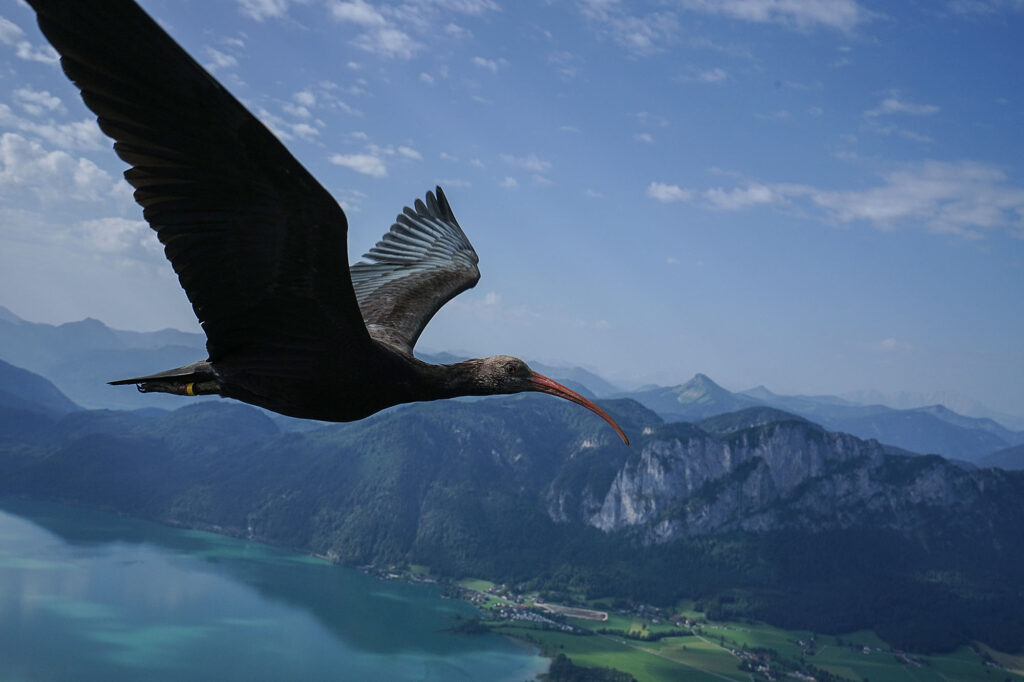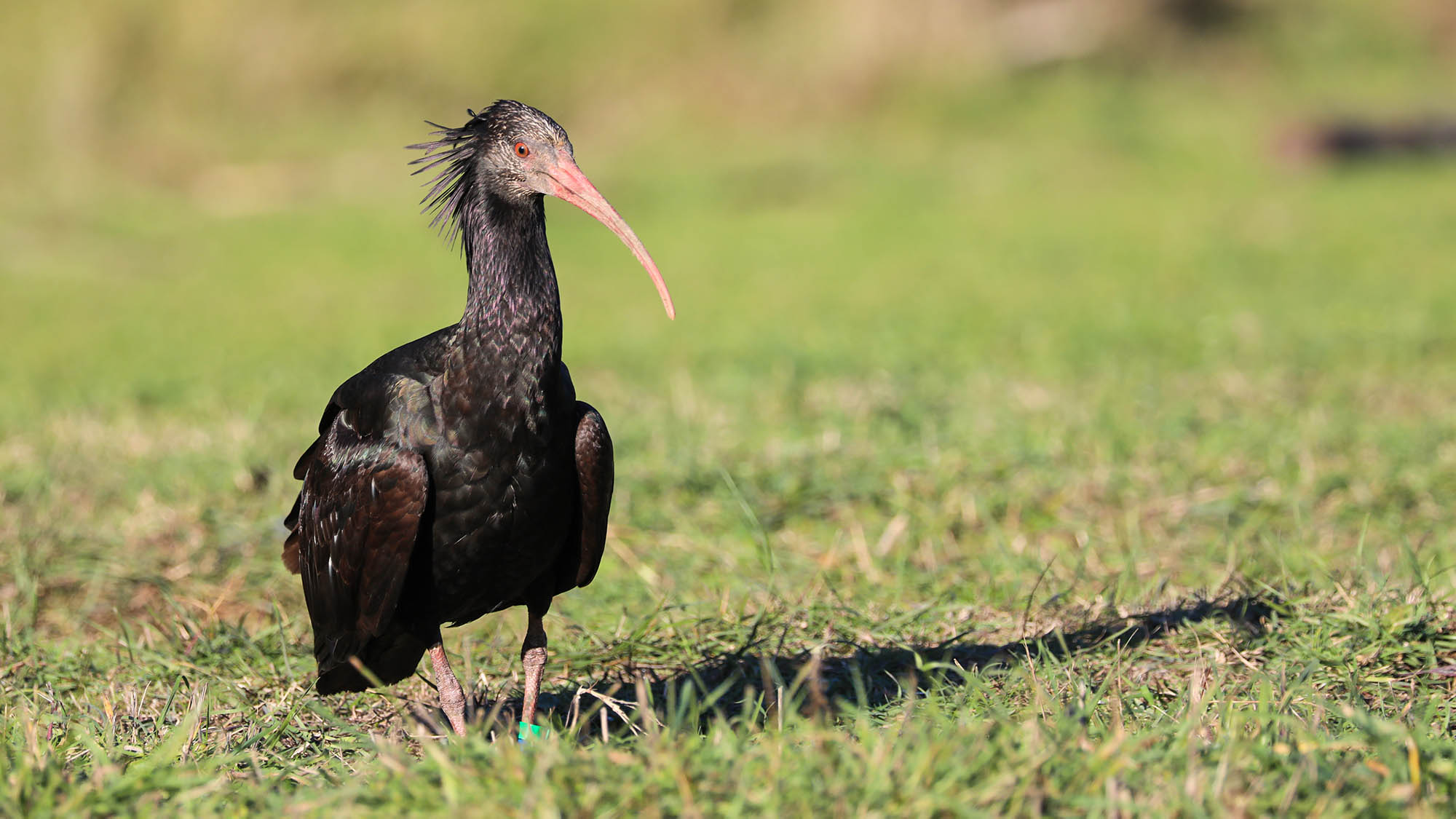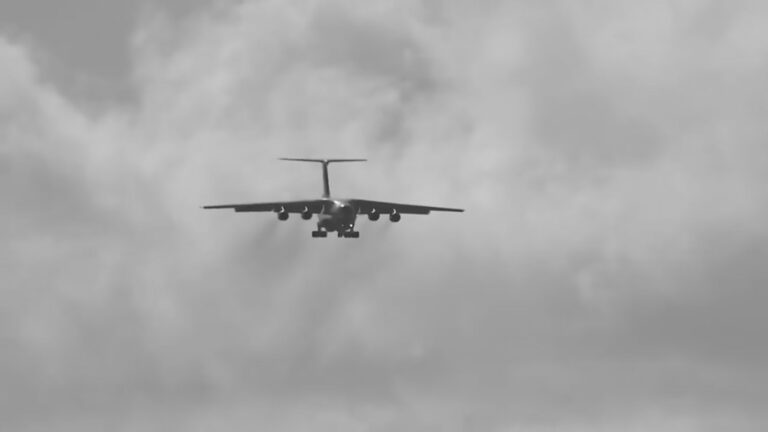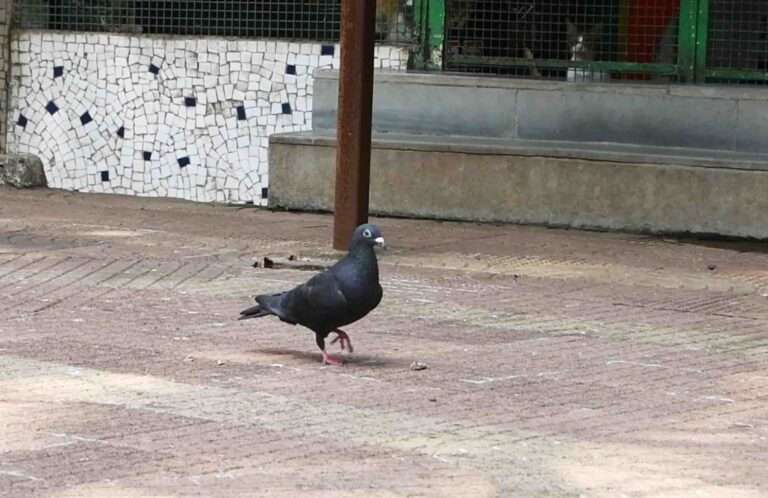An endangered northern bald ibis which is one of those reintroduced into Europe after they became extinct on the continent hundreds of years ago has died in agony after it was shot by hunters in Tuscany.
The northern bald ibis, also known as the waldrapp (Geronticus eremita), has been listed as Endangered on the IUCN Red List since 2018, after a reintroduction program helped to downlist the species from Critically Endangered.
Johannes Fritz is the man behind the Waldrappteam project to reintroduce the endangered birds to Europe.
One of the challenges was teaching the birds that were being raised in the Alps how to migrate south for winter, which he achieved using a microlight after imprinting the chicks into thinking that he and his team were the birds’ parents.

(Waldrappteam Conservation and Research/Newsflash)
They obtained the chicks using populations that still exist in Morocco and when the birds grow to adulthood they are then encouraged to follow their human “parents” in the microlight aircraft to make the 300-mile journey across the Alps to Italy.
The Waldrappteam told Newsflash that one of the rare birds appears to have been illegally shot by hunters in Italy.
Dieks was raised at the Rosegg zoo, which is participating in the programme to repopulate the species in Europe, located in the Austrian region of Carinthia, but they said she had been shot by hunters in Tuscany and most likely died in agony.
The team said: “Dieks was a young female Northern Bald Ibis. She grew up in Carinthia in 2020 and followed her conspecifics to the wintering area in Tuscany. This bird was supposed to become a founder of a new breeding colony in Carinthia, as part of the European reintroduction project. This hope was dashed when she was illegally killed in an area with a high hunting density on 26th September.
<<< Archive Story >>>
Hope For Endangered Migratory Bird As Female Returns Home To British Foster Mum
“Due to the data transmitted by Dieks GPS-transmitter, the bird died in the later afternoon in the Arno Valley near Figline Valdarno. Our bird manger Daniela Trobe, who evaluates the data from the GPS transmitters every day, became aware of irregular data of Dieks in the late afternoon. The bird was on the ground in a forest clearing and the integrated motion transmitter sensor showed only minor activity. So, she waited anxiously for the next data transmission. This confirmed her fears. Dieks probably died after two hours of sufferance. It is terrible to know that this young bird had to die in such agony.
“Illegal hunting is the main mortality reason of Northern Bald Ibises in Italy. In 2020 only, it has been confirmed by autopsies that five birds lost their lives for this reason. In three further cases, the cause of death could not be determined directly because the birds’ bodies were not found. But the circumstantial evidence makes illegal hunting a likely cause of death. In addition, the X-ray of an injured bird showed several shotgun pellets in its body.

(Waldrappteam Conservation and Research/Newsflash)
“The killing of Dieks, as well as most of the last year’s cases, took place in Tuscany. This makes it the region where most of the Northern Bald Ibises are currently being shot. Also in former years, there have been numerous cases of illegal shooting in this region. It was also the Tuscan province of Livorno, where an Italian bird hunter was convicted for the first time for the shooting of two Northern Bald Ibises.
“In 2017, Italy published a National Action Plan for the fighting of offenses against wild birds. It defines seven so-called Black Spots, where the illegal activities against birds are more intense and where efficient measures should be implemented preferentially. But none of these seven designated areas are in Tuscany. That is why conservationists are calling for the designation of further Black Spots, primarily along the Tyrrhenian coast, which is an important migration corridor for Northern Bald Ibises and many other migratory bird species, where Northern Bald Ibises were shot down frequently.
“Illegal hunting is a substantial threat to biodiversity. According to a study by BirdLife International, around 5.6 million birds are illegally killed or captured annually in Italy alone, largely due to long-standing traditions. This affects the Northern Bald Ibis and other endangered migratory bird species, for which extensive protective measures are implemented in their breeding areas, especially within the framework of the LIFE program funded by the European Union. Important achievements of these conservation projects are destroyed year after year, by illegal bird killing along the migration pathways.”

(Waldrappteam Conservation and Research/Newsflash)
To find out more about the author, editor or agency that supplied this story – please click below.
Story By: Joseph Golder, Sub-Editor: Lee Bullen, Agency: Newsflash
The Ananova page is created by and dedicated to professional, independent freelance journalists. It is a place for us to showcase our work. When our news is sold to our media partners, we will include the link here.




